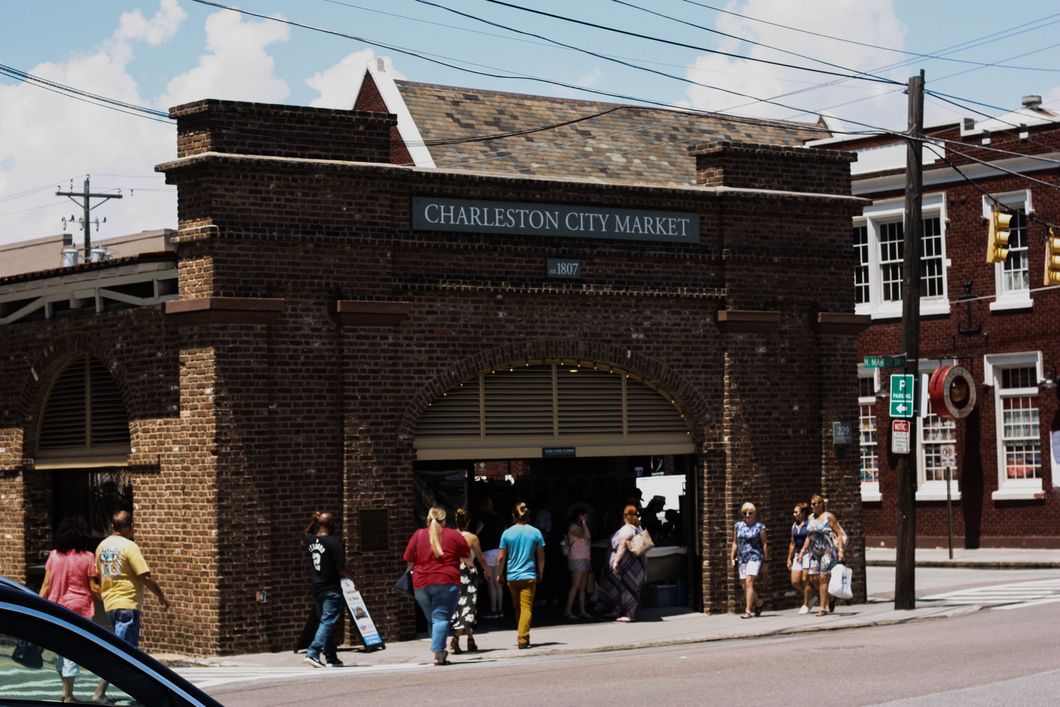Walking down the streets of Charleston, South Carolina, is very much like walking down the streets in a storybook.
Cobblestone roads, brightly colored buildings and the sweetgrass basket stands to create an illusion of what the coastal town looked like years and years ago. They also make for aesthetically pleasing social media posts, especially for tourists.
Tourism is now the primary industry of this large city. With the large collection of sights to see and things to do, it is easy to understand why so many people from all over flock here. From the pastel-painted houses lining Rainbow Row to the massive ships at Patriot's Point, the city is very much a magnet for people who are looking to escape their daily lives.
However, the problem arises in how much history those crumbling and earthquake-stricken structures hold.
Does the tourism industry give enough credit to the history that came before it? My instinct is to say no.
I mean, how much respect are we actually giving to the history when we're mainly using it to make money? Like the infamous carriage rides in Charleston, for example. The rides take tourists through the scenic streets and the tour guides give brief summaries of certain historical events. There are four carriage companies in Charleston and the tickets for rides average anywhere from sixteen to thirty dollars, not including the higher prices for private tours. However, the tour guides are no longer required to have a license to run these scenic trips.
This means that they do not have to pass certain history tests in order to give the tours, so they are often making a profit through sharing historical facts that may not always be accurate.
On the other hand, there are many different opportunities to learn about the city's past.
For one, there are tons of museums. Now, Charleston is nicknamed "The Holy City" due to its multitude of churches that dot every street corner. But the number of museums could almost rival that of the churches. While there are often entry fees to visit the museums, there is much more effort put into the accuracy and thoroughness in how the information is presented. These places hold a subtle respect for the past and use many documents and other artifacts to tell the stories that would otherwise be lost.
The point is, there is a lot of history wedged in the cracked streets of Charleston.
A lot of it is painful, but all of it deserves a spotlight, especially when being capitalized upon. However, I do also think that in some ways the tourism industry creates a sort of outlet for locals to share the stories of the city's past. In this way, there is a positive light shown on the industry.
Although most visitors come for the promise of beaches, ghost tours and carriage rides, we often leave with more knowledge than we expected.




 Christmas and New Year gift card
Photo by
Christmas and New Year gift card
Photo by  butter cookies on plate
Photo by
butter cookies on plate
Photo by  boy holding Holy
boy holding Holy 








